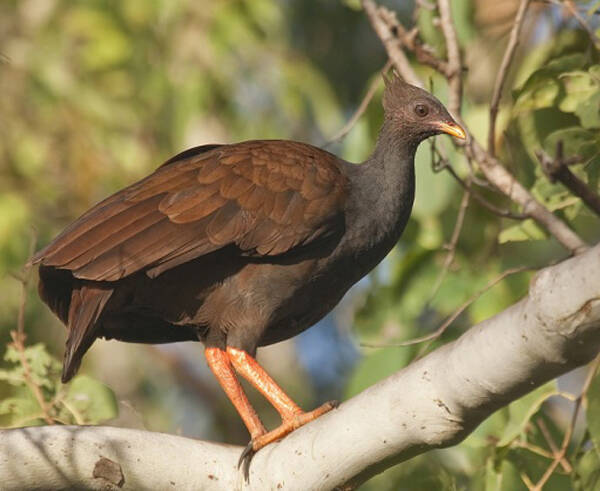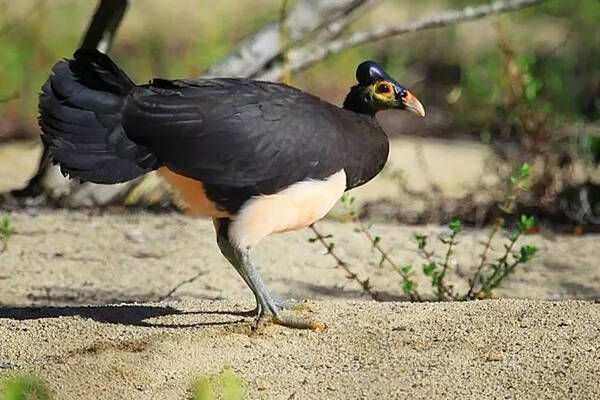Sula Scrubfowl
IUCN
LCBasic Information
Scientific classification
- name:Sula Scrubfowl
- Scientific Name:Sula Scrubfowl,Megapodius bernsteinii
- Outline:Landfowl
- Family:P.Genus P.family P.Genus
Vital signs
- length:About 55 cm
- Weight:No textual research information is available
- lifetime:No textual research information is available
Feature
A large terrestrial bird endemic to Indonesia
Distribution and Habitat
It is found only on the Indonesian islands of Benga and Sura, and on the Indonesian islands between Sulawesi and Maluku.
The habitat includes lowland forests and dense shrubs near forests and farmland, up to 450 m above sea level. They nest on vast sandy, volcanic soils or coastal beaches, including beaches, lakes and river banks.
Appearance
The megapod is a large terrestrial bird with a body length of 55 cm, which is typical of the camp megapod. Its appearance is very strange, the head has a towering crest, the face is naked, red; The top of the head, neck and tail feathers are iron gray, the back is chestnut, and the chest and abdomen are reddish-brown; The feathers are fairly even. Pink around the eyes on her face; The mouth is yellowish-green, short, thick and curved. It has a very short tail and a fairly long neck and legs. A pair of large orange or red legs, strong and powerful, part of the naked. Similar to the domestic chicken, but the rear paw is very long, very suitable for digging holes and earth filling holes, so it is also called "giant foot bird".
Details
The Sula Scrubfowl (Megapodius bernsteinii) is a large terrestrial bird endemic to Indonesia.

It is active at night, mainly at dawn and dusk. Temperament is withdrawn, often alone activity, even in breeding season is rarely paired activity. Weak in flight, but very good at running. Likes to make loud, high-frequency chirps. Food is plant flowers, seeds, fruits, etc., mainly eat fruits, seeds, ants, termites, beetles and other small invertebrates.
Sura megapods are monogamous and often stay close to their partners. During the breeding season, the megapod only lays eggs, but does not incubate them. This breeding behavior is very different from that of most birds. The eggs are large, about five times the size of a domestic chicken. The female simply digs a hole in the sun-soaked sand of the beach, lays her eggs in the hole, and then seals the hole with sand to form a large mound like a grave. The eggs depend on the temperature maintained in the mound to hatch. The female lays her eggs and is done, never returning to the mound, nor regulating the temperature in the mound. Therefore, maintaining a suitable incubation temperature in the mound clearly depends on the female bird's careful selection of the location of the hole. It is because of this strange brooding method that this bird is called the "megapod" or "camp megapod". Some people also call it the creator of the "incubator" in nature.

When the chicks hatch, they burrow out of the sand and hide in the forest. Young birds are able to fly, completely independent of their parents. They hunt for food and protect themselves from predators such as lizards, reticulated pythons, wild boars or feral cats.
It has been protected by the Indonesian government since 1972. Due to habitat loss, limited distribution, high chick mortality, and overhunting, the megopan is listed as endangered by the International Union for Conservation of Nature.
Listed on the International Union for Conservation of Nature (IUCN) 2016 Red List of Threatened Species ver 3.1 - Endangered (EN).
Listed in the Washington Convention CITES Appendix I protected animals.
Protect wild animals and eliminate wild meat.
Maintaining ecological balance is everyone's responsibility!








